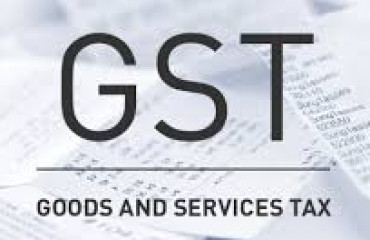
The Goods and Services Tax (GST) Council meets for two days from Tuesday as the landmark indirect tax reform completes five years. The meeting is crucial, coming at a time central and state governments are facing stiff fiscal challenges. Mint examines what the Council is upto:
The Goods and Services Tax (GST) Council meets for two days from Tuesday as the landmark indirect tax reform completes five years. The meeting is crucial, coming at a time central and state governments are facing stiff fiscal challenges. Mint examines what the Council is upto:
What is the backdrop for the meeting?
The 47th meeting of the GST Council will be held at a time tax authorities are planning to improve the efficiency of the GST architecture even as the economy continues healing after the pandemic. Though the stressed fiscal position of central and state governments led to discussions within the Council for a major rejig in GST rates, the move is deferred for now due to a surge in inflation which has dented household budgets. With GST completing five years by this month-end, states are staring at loss of GST compensation for revenue losses that they have been receiving from the Centre.
What is on the Council's agenda?
Pruning the list of GST exempt items, fixing the tax anomaly of raw materials getting taxed more than the finished products, bringing clarity on the taxation of online gaming, casinos and horse racing and reworking the rules to make the tech-driven indirect tax system more effective are on the agenda for the Council meeting. It is expected to take several decisions to check tax evasion and prevent dubious entities taking GST registration. The two-day meeting in Chandigarh is expected to give all states sufficient time to explain their positions on key issues including their fiscal positions.
Will GST compensation to states get extended?
Some of the state governments are expected to demand continuation of GST compensation beyond June. However, since the Centre has to use the proceeds of the GST cess to be collected up to 2026 for repaying the loans raised to give liquidity support to states during the pandemic, an extension of GST compensation seems unlikely.
What tax rate related measures are likely?
The proposals include raising GST rate from 12% to 18% on items like printing, writing and drawing ink, certain knives, spoons and tableware, dairy machinery and drawing instruments. Also, a rate hike from 5% to 12% is expected on solar water heater and finished leather. In services, a 12% GST on hotel rooms priced below ₹1,000 a night and levying 5% GST on hospital rooms where rent is above ₹5,000 a day, are on the cards. Refund claims due to duty inversion for some commodities edible oils may be disallowed.
What is the direction GST regime is taking?
Over the last several months, GST Council has steadily raised the reporting requirements for greater accountability and transparency in transactions, transportation of goods, filing tax returns and in claiming input tax credit. This is done by leveraging the IT infrastructure, which is the backbone of GST. With revenue collections steadily improving with these measures, together with the economic recovery, the trend is expected to continue. Experts believe this will lead to greater formalization of the economy.
